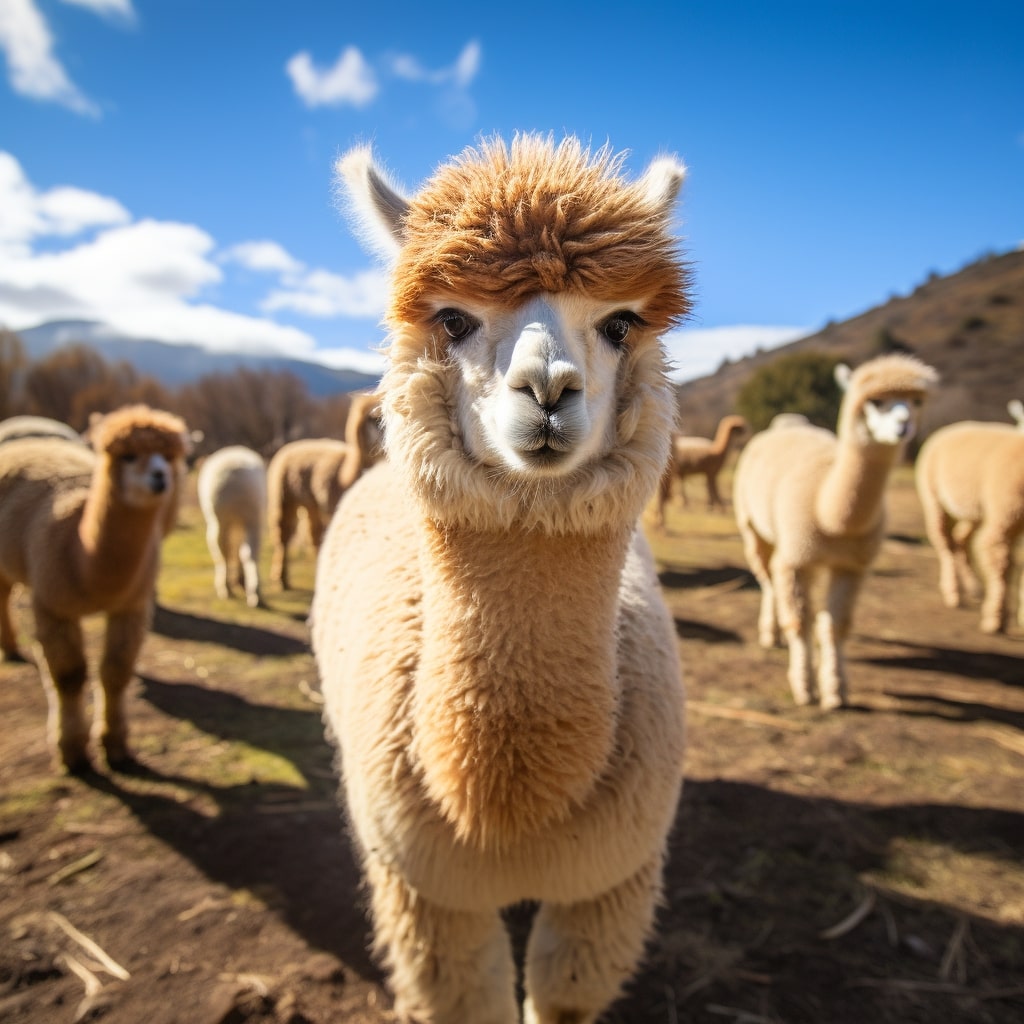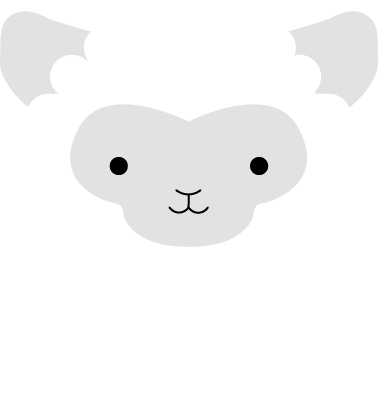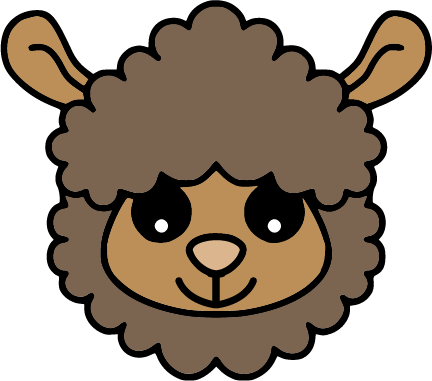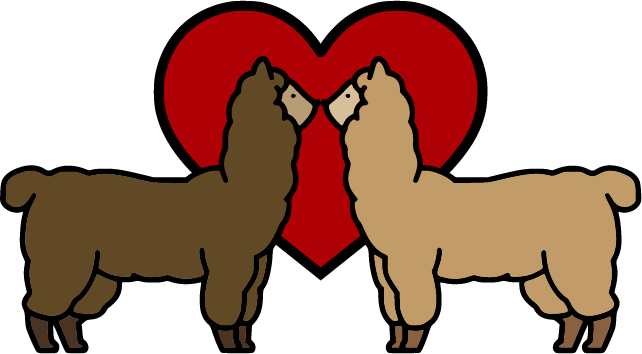Raising alpacas is not a difficult endeavor, but it is important to consider certain aspects before embarking on the path of a breeder. One must be familiar with the characteristics of the animals, understand their needs, and know how to care for them in case of illness. Adhering to these principles ensures a significant economic outcome through organization and the provision of services.
Cost of purchase and maintenance
The cost of purchasing and managing alpacas consists of multiple elements. In addition to the purchase price of the alpacas, there are necessary additional costs related to pasture land and its maintenance. Other essential tools for the care and wellbeing of the animals include equipment for feeding, shearing, and treating the alpacas.
Additional costs involve routine and extraordinary medical and health expenses to ensure the good health of the entire herd. It is important to remember when planning to buy alpacas to account for these additional costs for their care to ensure the health and wellbeing of the animals.
On average, purchasing an alpaca can cost between 2,000 and 5,000 euros depending on the animal’s characteristics, and the annual maintenance cost for one animal is about 400 to 500 euros.
Read more
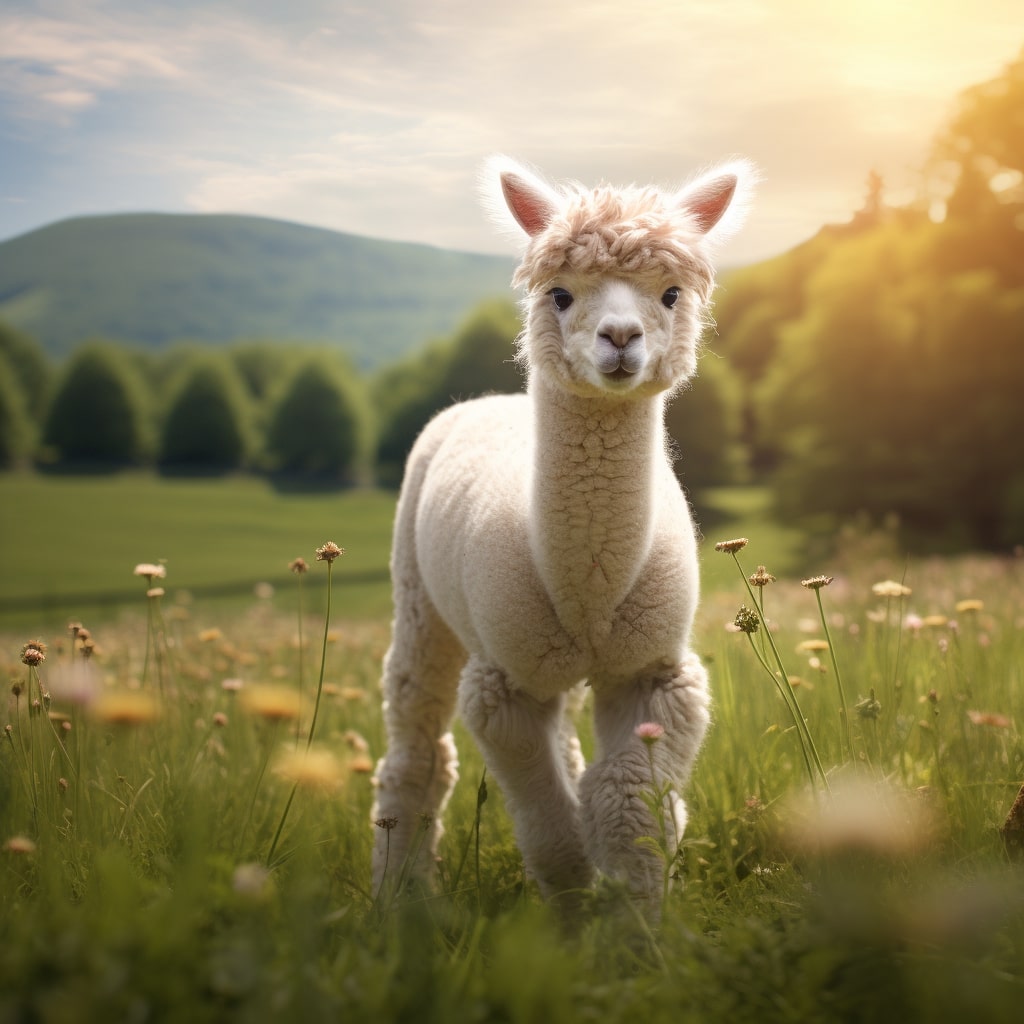
Alpaca reproduction
Alpaca reproduction can occur at any time of the year, but breeders usually schedule births in the first weeks of April. The gestation period lasts about a year, and the females are ready to reproduce again after about 20 – 30 days. Alpaca young are typically born during the warmer hours of the day and are called “Cria“.
There are multiple breeding techniques adopted by breeders, all respecting the animals and aimed at ensuring their well-being. A technique that has been successful in recent years involves the implantation of a high-pedigree embryo into a female with a poorer pedigree.
Read morePuppies of alpaca or Cria
Alpaca young are called “Cria” and are highly valued both for the quality of their fleece and for the various shades it can have. Newly born cria weigh between 7 and 10 kg, and weaning occurs around the sixth month of life, when they become independent in feeding themselves.
It is very important that cria are left with their mothers and other young, to raise them in a social environment with their peers. Humans must let nature take its course, avoiding contact with the cria especially in the first few months of life.
The less contact cria have with humans, the lower the chances of incorrect behaviors and difficulties in adulthood. This does not mean that there should be no contact with humans, but that such contact should be carefully planned and studied for the breeding of alpaca young.
Read more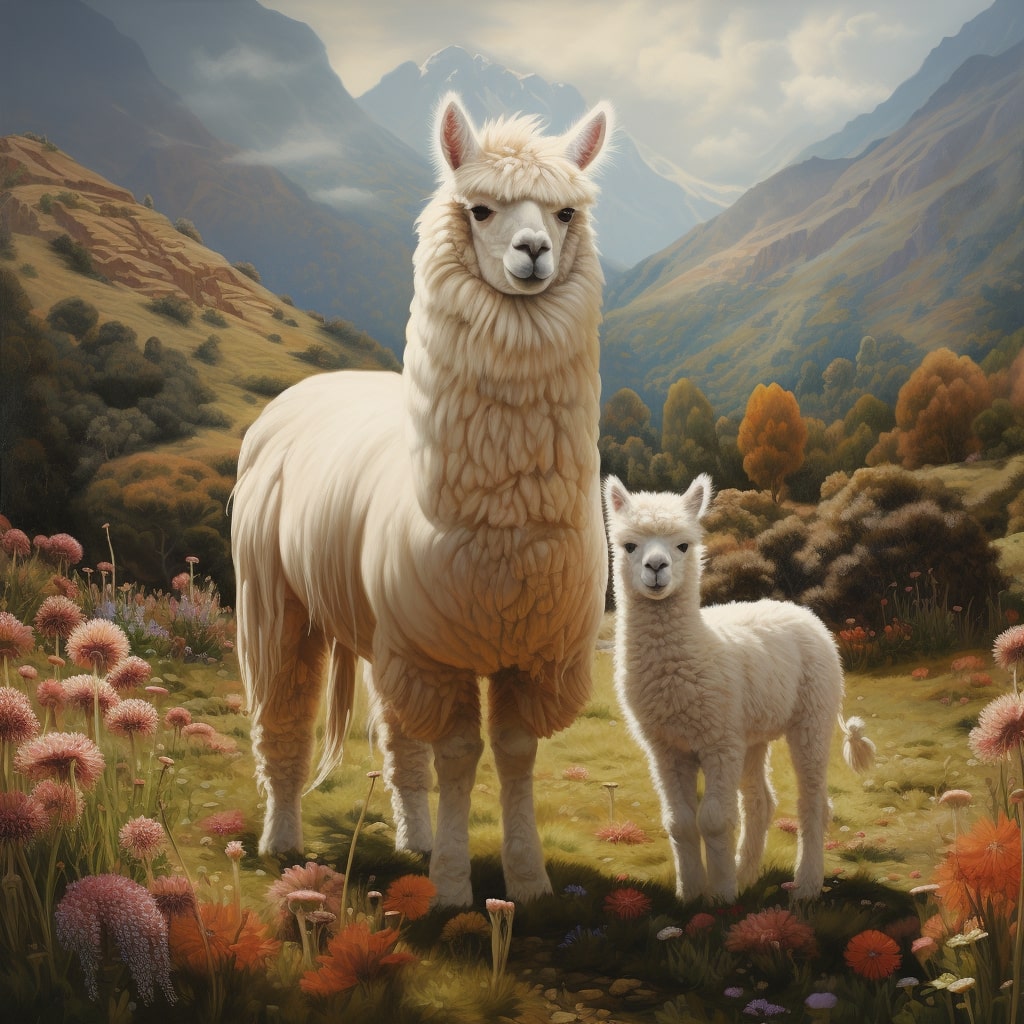
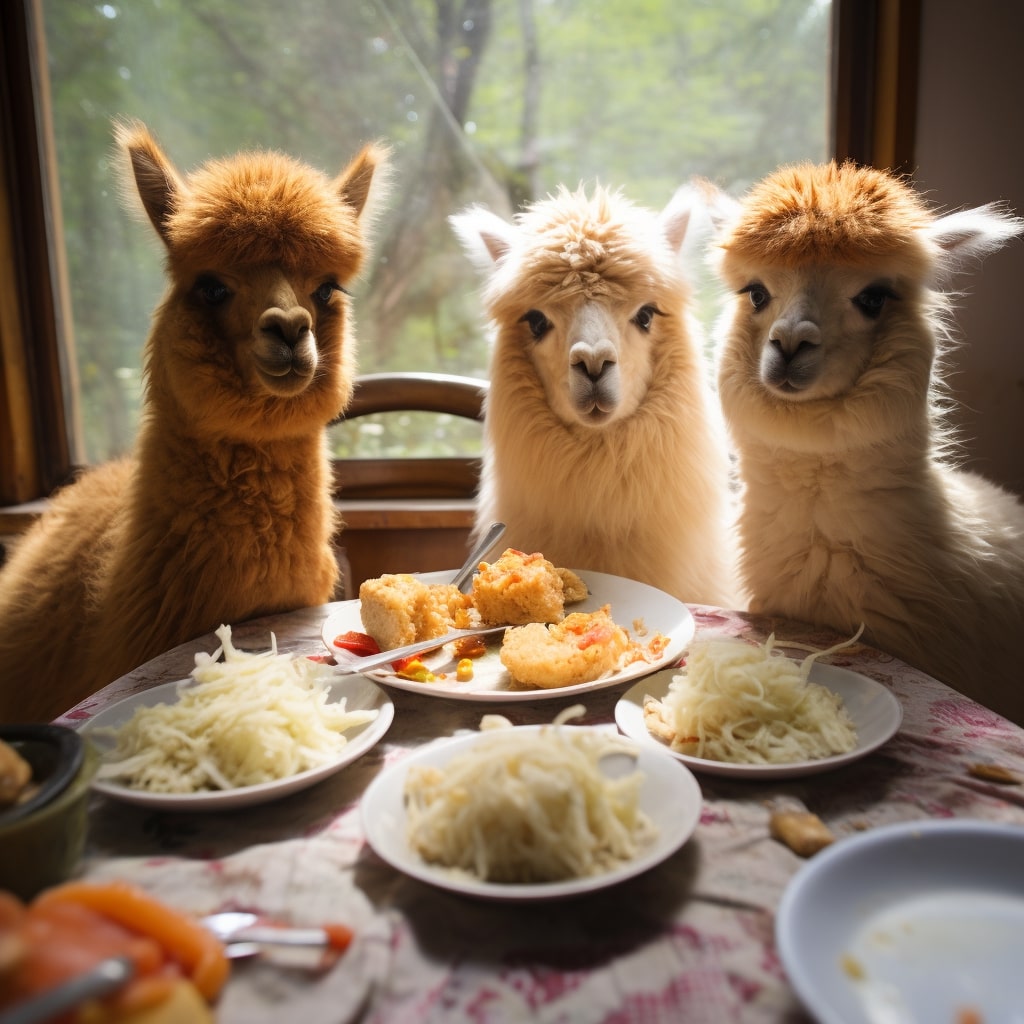
Alpaca nutrition
Alpacas are vegetarian animals with the ability to perfectly digest large amounts of grass, hay, leaves, and stems. Their diet can be supplemented with feed, vitamins, and minerals during winter or under specific circumstances such as pregnancy and the weaning of alpaca young.
Proper nutrition is essential to avoid diseases such as obesity or severe weight loss. Water is very important for alpacas, not only for their sustenance but also for bathing, as alpacas love to wash themselves. Therefore, it is recommended to provide bathing tubs.
Read moreHealth and diseases
Alpacas are strong and robust animals, but they are also susceptible to various diseases. Prevention is a fundamental aspect, which includes choosing quality feed/hay, performing proper paddock rotation, and conducting routine tests. A veterinarian should always follow and advise on treatments to address various diseases.
The most common diseases are:
- Intestinal parasites;
- Mites;
- Tuberculosis;
- Rickets;
- Facial eczema;
- Copper deficiency.
